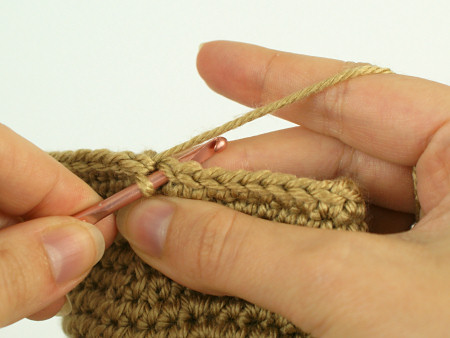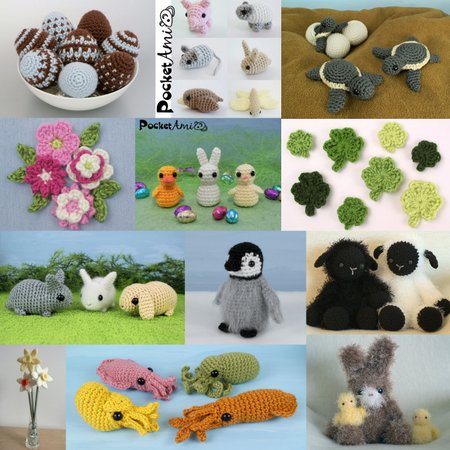Customer support is an area that continually grows as your business expands and you acquire more customers who may need your help. I’ve been running PlanetJune for over 7 years now, and I have many thousands of customers – that’s the potential for a lot of people who may need my support! Sometimes the task […]

Archive for April 2014
pattern re-releases: Plants
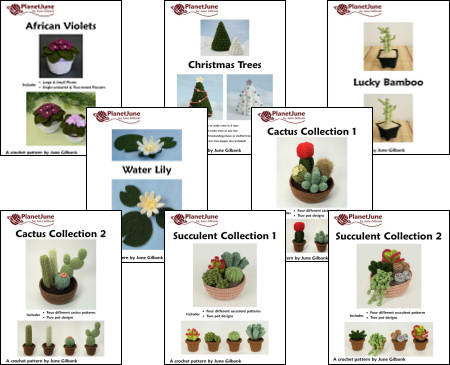
I’m updating my entire back catalogue of patterns with extra information and tips and a new space-saving layout, and re-releasing them in batches as they are ready. Please see the Pattern Re-Release FAQ for more information. Time for the next batch of re-releases (and a test run for some improvements to my shop – keep […]
Meerkat Design Report #4
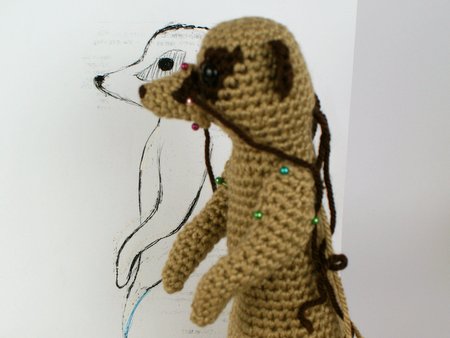
I’ve been sharing my process as I design my amigurumi Meerkat crochet pattern – hope you find this behind-the-scenes journey through what goes into a PlanetJune design interesting! To catch up, see: – Part 1: Research, Shape, Colour and Sketch – Part 2: Construction Decisions – Part 3: Making The Head Last time, I’d figured […]
finger protector for crocheters (or knitters)
free pattern: Tiny Eggs (in a Nest)
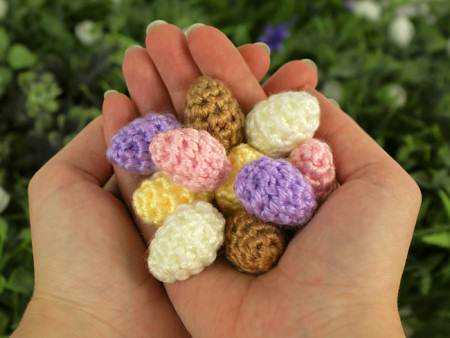
Today I have a new fast and easy donationware pattern for you: Tiny Eggs! Make miniature (1″/2.5cm) crocheted eggs that are still egg-shaped despite their diminutive size. Decorate for Easter with a bowl of calorie-free ‘chocolate’ eggs (just don’t eat them!) or make them as realistic-sized songbird eggs. Tiny Eggs is a free pattern, but […]
